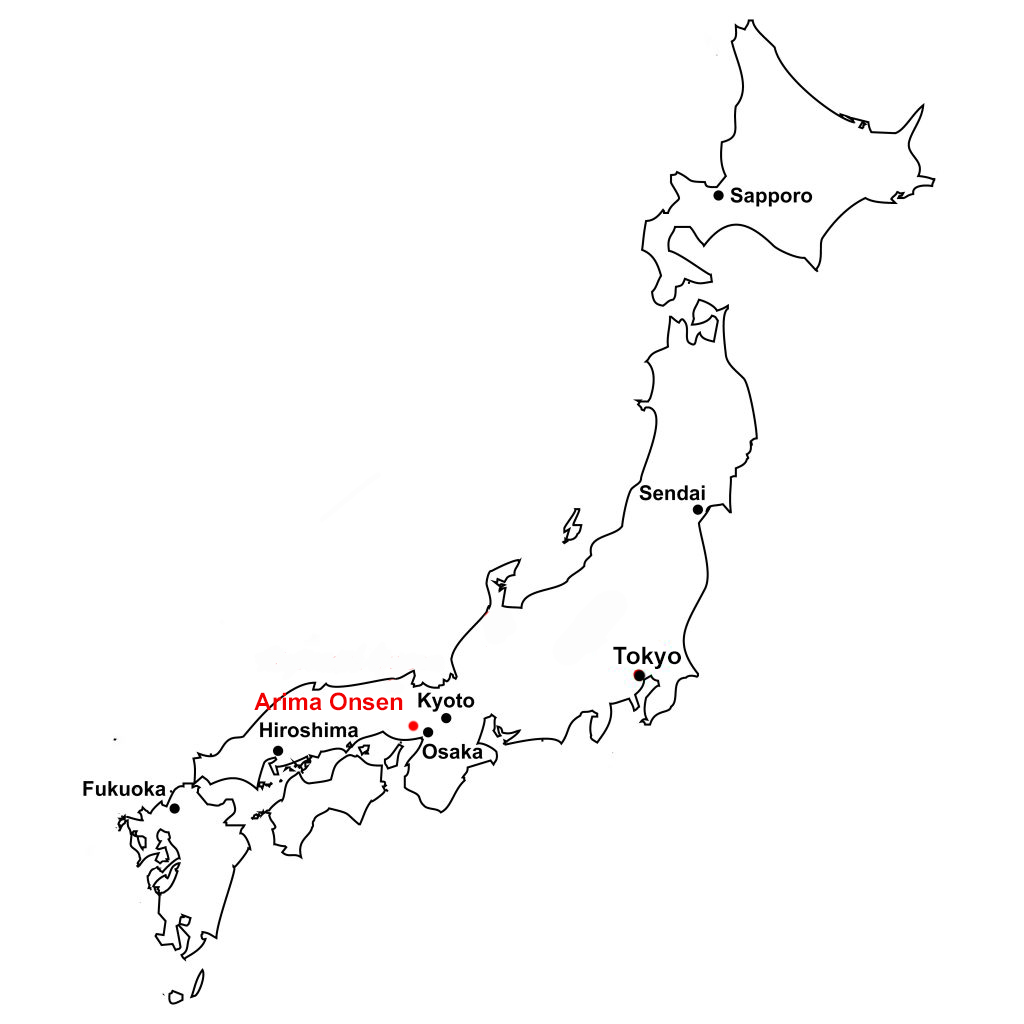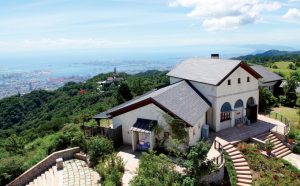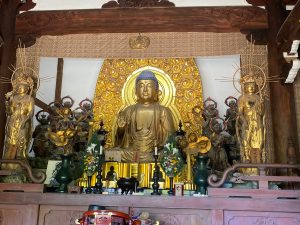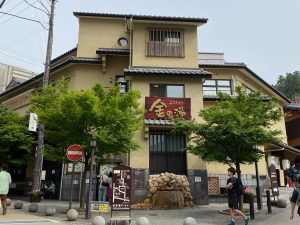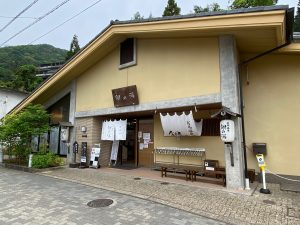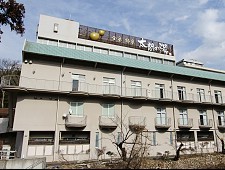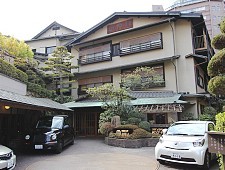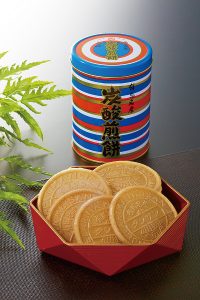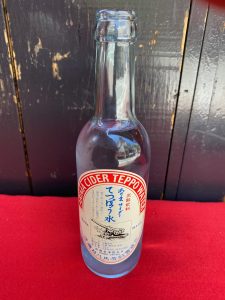Arima Onsen
Arima Onsen is one of the most well known and popular onsen in Japan. It is one of Japan’s oldest onsen. In the ancient era, the mythology is said that ancient gods found Arima Onsen. According to mythology, three injured crows bathed in the spring water in Arima, and were completely cured. Japan’s oldest historical record “Nihon Shoki” described the first visit of Emperor Jomei in the year 631. Overall Onsen RatingArima Onsen History
After the opening of the Kobe port 150 years ago, numerous foreign visitors visited the hot spring, and built western style hotels and facilities in the town. This combination of Japanese tradition and western culture gave Arima a unique and exotic atmosphere, which attracted visitors to the historical retreat and spa resort from all over the world. In recent years, the development of the expressway and public transportation allows easy access from Kobe in 30 minutes, from Osaka and World Heritage site Himeji Castle in an hour, and from Kansai International Airport and Kyoto within two hours.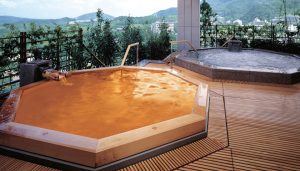
Kinsen (Gold Spring)
The Kinsen contains high levels of iron and salt. As the iron and salt contents bubble up from the ground, the water is clear. But the interaction between the iron and the air oxidizes the water and changes the color of the hot spring to a “golden” reddish-brown. In other words, the water instantly rusts when exposed to the air. Thanks to the high iron and salt contents, it is said to help chronic joint and skin diseases such as neuralgia and arthritis. The Kinsen is also popular among women as it helps keep the skin moisturized and prevents the limbs from feeling cold.Ginsen (Silver Spring)
The two types of Ginsen are a colorless carbonic spring water, and a natural and mildly radioactive radon spring water. Carbonic springs are best known for their ability to boost blood circulation and the metabolism, help with the removal of lactic waste and eliminate edema. The colorless and odorless radon spring water contains minute amounts of radon and releases small doses of radioactivity which is beneficial to the body, promoting cell activation, boosting the immune system and relieving muscle aches and fatigue. When ingested, the Ginsen’s water can help treat gastrointestinal discomfort. When inhaled, it can help relieve suffering from bronchial diseases.Arima Onsen Pros
Arima Onsen’s location is certainly a big advantage. It is only a 30 minute drive from Sannomiya station, the main train station in Kobe, to the onsen. The central part of the town is small enough to walk around, and has a number of narrow streets lined with older, traditional Japanese style homes, shops and restaurants giving it a unique feel. And the small public bath houses adds to the atmosphere. This makes Arima Onsen a favorite getaway for the suburban-weary citizens of Osaka and Kobe.Arima Onsen Cons
The only real negative, and it is a minor one, is that Arima Onsen tends to be a little more expensive. But it is well worth it.